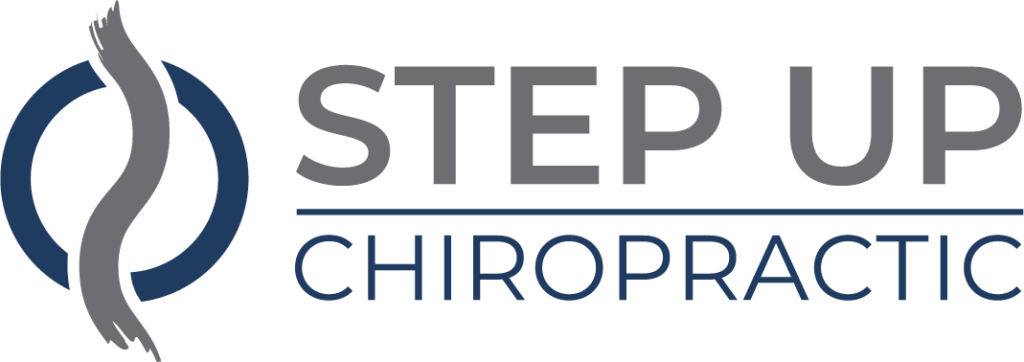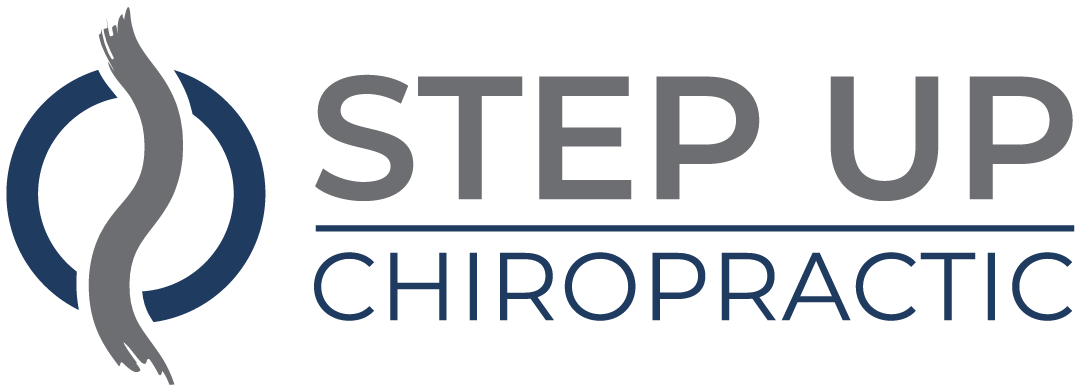When you think about elevating your athletic performance, adjustments might be the key you're overlooking. It's not just about putting in hours at the gym; optimizing your nutrition, fine-tuning your training, and even tweaking your mental game can make a significant difference. You'll find that small changes in these areas can lead to substantial improvements. So, what exactly are the most effective adjustments you can implement to gain that competitive edge? The answer might surprise you.
Importance of Nutritional Adjustments
When it comes to maximizing athletic performance, nutrition plays an indispensable role. You can't just rely on training alone; what you fuel your body with directly impacts how you perform. Adjusting your nutrition to meet your specific needs can lead to significant improvements in strength, endurance, and overall athletic ability.
First, consider your macronutrient balance. You need the right mix of carbohydrates, proteins, and fats to support your training regimen. Carbs fuel your workouts, proteins aid in muscle recovery, and healthy fats support hormone balance and energy. Tailoring the ratios based on your activity level and individual goals can make a noticeable difference.
Next, pay attention to meal timing. Eating before, during, and after workouts can help optimize energy levels and recovery. Consuming a meal rich in complex carbs and protein shortly after your training session can replenish energy stores and promote muscle repair.
Hydration is another fundamental factor. Staying well-hydrated affects your performance and recovery. Make sure you're drinking enough water throughout the day, and consider electrolyte drinks during intense workouts or longer sessions.
Finally, don't underestimate the power of micronutrients. Vitamins and minerals play essential roles in energy production and immune function. Incorporating a variety of colorful fruits and vegetables into your diet guarantees you're getting the necessary nutrients needed to perform at your best.
Recovery Techniques for Optimal Performance
When it comes to enhancing your athletic performance, recovery techniques play an essential role.
You'll want to explore active recovery methods, prioritize quality sleep, and understand how nutrition supports your recovery.
Implementing these strategies can greatly boost your overall performance and help you bounce back stronger.
Active Recovery Methods
Active recovery methods play an essential role in enhancing athletic performance by promoting muscle repair and reducing fatigue. After intense training or competition, engaging in low-intensity activities can help your body recover more efficiently. Instead of plopping on the couch, consider activities like light jogging, cycling, or swimming. These movements keep blood flowing to your muscles, delivering nutrients and oxygen needed for repair.
Incorporating stretching and mobility exercises into your routine can also aid recovery. Dynamic stretches can increase flexibility, while static stretching helps alleviate tightness. Foam rolling is another effective technique; it releases muscle knots and improves circulation.
You might also try yoga or Pilates, which not only enhance flexibility but also promote relaxation and mental clarity. These practices can lower your stress levels, allowing you to focus better on your next training session.
Sleep and Performance
Recovery doesn't stop with active methods; sleep plays an essential role in optimizing athletic performance. When you sleep, your body undergoes critical processes, repairing muscles, replenishing energy stores, and balancing hormones. If you skimp on sleep, you're not just risking fatigue; you're also hindering your overall performance.
Aim for 7 to 9 hours of quality sleep each night. This isn't just about quantity; the quality of your sleep matters too. Establishing a consistent sleep schedule can help regulate your body's internal clock, making it easier to fall asleep and wake up refreshed.
Creating a sleep-friendly environment—cool, dark, and quiet—can enhance your rest. Consider incorporating a winding-down routine before bed, such as reading or meditating, to signal to your body that it's time to relax. Limiting screen time can also be beneficial, as blue light can disrupt melatonin production.
Nutrition's Role in Recovery
Nutrition plays an essential role in your recovery and overall athletic performance. After intense training or competition, your body needs the right nutrients to repair muscle, replenish energy, and reduce inflammation. Consuming a balanced meal with carbohydrates, protein, and healthy fats within 30 minutes post-exercise helps kickstart this recovery process.
Carbohydrates are fundamental as they restore glycogen levels, the energy stored in your muscles. Opt for whole grains, fruits, or starchy vegetables. Meanwhile, protein aids in muscle repair and growth. Try incorporating lean meats, dairy, or plant-based sources like beans and lentils.
Healthy fats, such as those found in avocados and nuts, support cellular repair and reduce inflammation. Hydration also plays an essential role in aiding recovery. Drink water or electrolyte-rich beverages to replace fluids lost during your workout.
Finally, consider timing your meals strategically. Eating smaller, frequent meals throughout the day can keep your body in a constant state of recovery. By prioritizing nutrition, you'll enhance your recovery, boost performance, and ultimately achieve your athletic goals more effectively.
Fine-Tuning Training Regimens
Precision in training regimens can greatly enhance athletic performance. By fine-tuning your training, you can target specific areas of improvement, helping you maximize your potential.
Here are four effective strategies you can implement to elevate your training:
- Set Clear Goals: Start by identifying what you want to achieve. Whether it's building strength, increasing endurance, or improving agility, having clear goals will guide your training decisions.
- Incorporate Variety: Avoid stagnation by mixing up your workouts. Include different exercises, intensities, and durations to challenge your body in new ways and prevent boredom.
- Monitor Progress: Keep track of your performance metrics. Use a journal or app to record your workouts, noting improvements and areas that need attention. This data will help you adjust your regimen effectively.
- Adjust Intensity: Listen to your body. If you're feeling fatigued or burnt out, consider scaling back your training intensity. Conversely, if you feel strong, don't hesitate to ramp it up. Tailoring your intensity keeps your training both challenging and manageable.
Mental Conditioning Strategies
To truly excel in athletics, it's not just about physical training; your mental game plays an important role too. Mental conditioning strategies can greatly enhance your performance by honing your focus, resilience, and confidence. One effective technique is visualization. Picture yourself successfully executing your skills, whether it's scoring a goal or crossing the finish line. This mental rehearsal prepares you for real-life scenarios, helping to reduce anxiety and enhance your execution under pressure.
Another strategy is goal setting. Set specific, measurable, achievable, relevant, and time-bound (SMART) goals. Break down your long-term objectives into smaller, manageable tasks. This approach keeps you motivated and allows you to track your progress, making the journey feel more attainable.
Incorporating mindfulness and meditation into your routine can also sharpen your focus and increase your mental clarity. Spend a few minutes each day practicing deep breathing or mindfulness exercises. This practice helps you stay grounded and improves your ability to concentrate during competition.
Building a positive self-talk habit is vital too. Replace negative thoughts with affirmations that empower you. Remind yourself of your strengths and past successes to boost your confidence when facing challenges.
Lastly, engage in mental simulations of high-pressure situations. By practicing how you'll respond to stress and adversity, you'll develop a stronger mental fortitude.
Embrace these mental conditioning strategies, and you'll not only elevate your performance but also enjoy the journey toward your athletic goals.
Equipment Modifications for Edge
When you think about gaining an edge in your sport, customizing your gear can make a big difference.
By using innovative materials and tailored enhancements, you can boost your performance and comfort.
Let's explore how these modifications can elevate your game.
Customized Gear Enhancements
Customized gear enhancements can give athletes a significant edge in performance. Tailoring your equipment to fit your specific needs can optimize your technique and improve your overall game. Here's how you can make those enhancements:
- Personalized Footwear: Custom insoles and shoes can prevent injuries and improve comfort. This allows you to focus on your performance without distractions.
- Modified Protective Gear: Adjusting helmets, pads, or other protective gear to fit your body shape can enhance mobility and safety, giving you confidence in your movements.
- Custom Bicycles: For cyclists, altering the geometry of your bike can improve aerodynamics and comfort. This leads to better efficiency on long rides or competitive events.
- Tailored Apparel: Wearing gear that fits perfectly can reduce drag and enhance breathability. This is particularly beneficial in sports where every second counts.
Innovative Material Usage
Athletes are constantly seeking ways to enhance their performance, and innovative material usage in equipment modifications can provide that competitive edge. By integrating advanced materials, you can greatly improve the functionality and efficiency of your gear. For instance, lightweight composites in running shoes reduce fatigue, allowing you to maintain speed without added weight.
Additionally, moisture-wicking fabrics in athletic wear keep you dry and comfortable, enhancing your focus and performance during intense workouts. Consider using carbon fiber in your equipment, which offers strength without the bulk, giving you quicker response times in sports like cycling and skiing.
Moreover, incorporating biodegradable materials can't only elevate your performance but also contribute to environmental sustainability. These innovative materials often provide superior durability and flexibility, adapting to your movements and minimizing the risk of injury.
As you explore these options, think about how the right materials can transform your gear into a powerful ally. When you make informed choices about your equipment, you're not just upgrading your performance; you're pushing the boundaries of what you can achieve in your sport.
Embrace the evolution of materials and see how they can elevate your game.
Analyzing Performance Data
Performance data serves as an essential tool for enhancing athletic capabilities. By systematically analyzing this data, you can pinpoint areas for improvement, track your progress, and make informed decisions about your training regimen.
Understanding your performance metrics can lead to better outcomes, and here's how you can effectively analyze your performance data:
- Set Clear Goals: Before diving into your data, establish specific, measurable goals. Knowing what you want to achieve will help you focus on the relevant metrics.
- Monitor Key Metrics: Track important performance indicators such as speed, endurance, and strength. These metrics can reveal trends over time, helping you identify your strengths and weaknesses.
- Utilize Technology: Invest in wearable devices and apps that gather data during your workouts. This technology can provide real-time feedback, allowing you to adjust your training on the fly.
- Review Regularly: Consistently review your data to recognize patterns and changes in your performance. This can help you stay motivated and adapt your training strategies, ensuring continuous improvement.
Flexibility and Mobility Enhancements
Many find that flexibility and mobility play essential roles in overall athletic performance. When you enhance these aspects, you release your body's potential, allowing for better movement patterns and reducing the risk of injury. Improved flexibility enables your muscles and joints to move through a greater range of motion, which can lead to more explosive and efficient movements in your sport.
Incorporating dynamic stretching and mobility drills into your warm-up routine can greatly impact how you perform. These exercises prepare your muscles and joints for the demands of your activity, keeping you agile and responsive. Think about incorporating movements like leg swings, arm circles, and hip openers. They'll help you feel more limber and ready to compete.
Additionally, post-workout static stretching can aid in recovery and improve overall flexibility. By holding stretches for 15-30 seconds after your workouts, you can help lengthen your muscles and reduce soreness. This practice not only promotes recovery but also guarantees that your muscles remain supple and ready for your next training session.
Don't overlook the role of regular adjustments, such as chiropractic care or physical therapy, in enhancing your flexibility and mobility. These professionals can identify tight areas and provide targeted interventions that help you move more freely.
Goal Setting and Progress Tracking
Setting clear goals and tracking your progress are essential steps in enhancing your athletic journey. Without defined objectives, it's easy to lose focus and motivation. By setting specific, measurable goals and monitoring your advancements, you can optimize your performance and boost your confidence.
Here's how you can effectively set goals and track your progress:
- Define SMART Goals: Use the SMART criteria—Specific, Measurable, Achievable, Relevant, and Time-bound. This framework guarantees your goals are clear and attainable, which keeps you motivated.
- Break it Down: Divide your larger goals into smaller, manageable milestones. This way, you can celebrate small victories along the way, making the overall process less intimidating and more rewarding.
- Use a Journal or App: Keep a record of your workouts, achievements, and setbacks. Writing down your progress not only helps you see how far you've come but also allows you to analyze what works and what doesn't.
- Review and Adjust: Regularly evaluate your goals and track your progress. If you find that something isn't working, don't hesitate to adjust your goals or strategies. Flexibility in your approach is key to long-term success.
Conclusion
By making strategic adjustments in your nutrition, training, and mental conditioning, you can greatly boost your athletic performance. Embrace recovery techniques, fine-tune your regimens, and invest in the right gear to enhance your comfort and edge. Don't forget to analyze your performance data regularly and set clear goals for progress tracking. With these adjustments, you'll not only elevate your performance but also enjoy the journey toward reaching your athletic potential.




